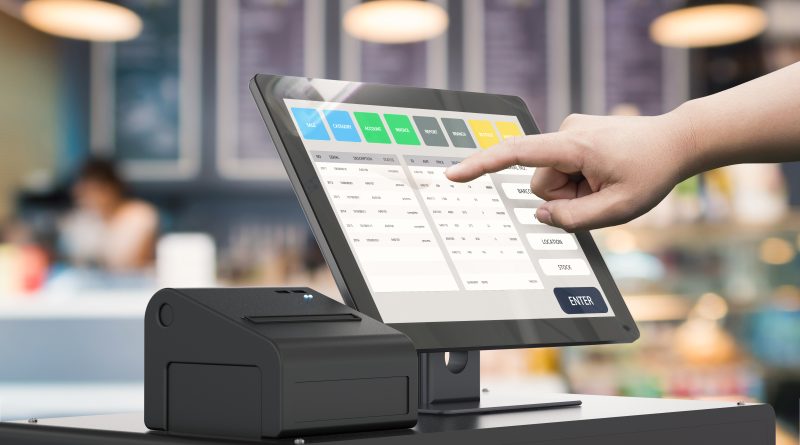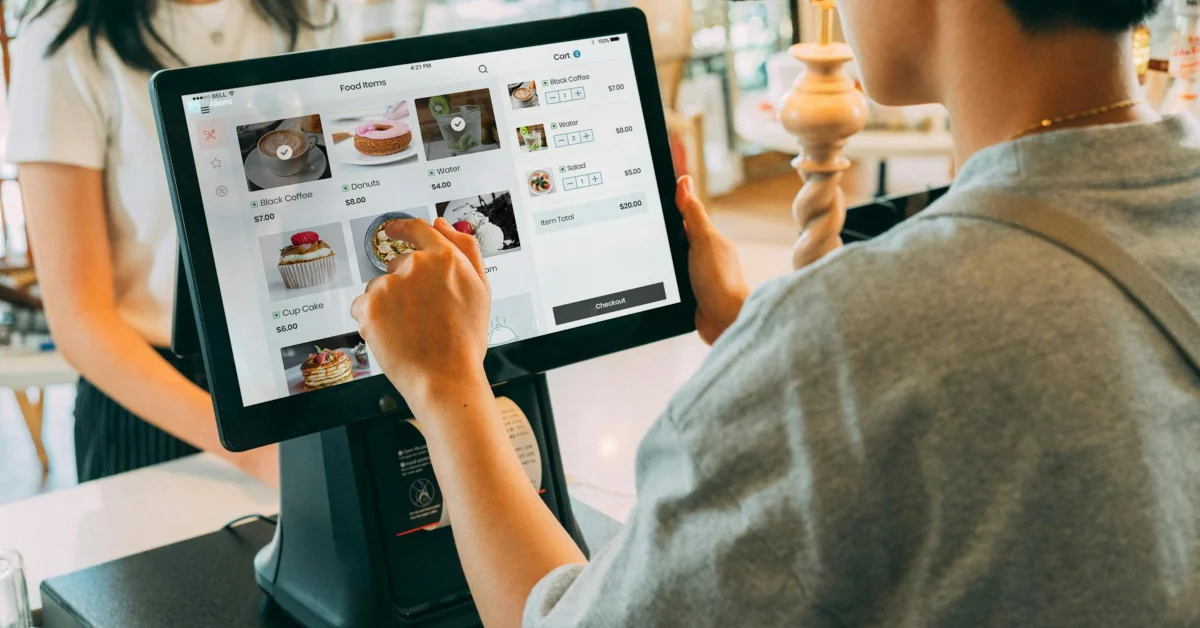How to Use POS Analytics to Improve Your Mart Layout

Running a successful mart isn’t just about having the right products—it’s also about how and where you place them. A well-planned store layout can improve customer experience, boost sales, and reduce clutter. But how do you know which products to move, highlight, or group together? The answer lies in your POS (Point of Sale) system.
Modern POS systems don’t just track sales—they also provide powerful analytics that can help you design a smarter, more profitable mart layout. In this blog, we’ll explain how to use POS analytics to improve your store’s setup and make data-driven decisions that directly impact your bottom line.
1. Identify Best-Selling Products and Categories
Your POS software tracks every transaction, giving you clear data on what’s selling the most. These insights show which products drive the highest revenue and should be placed in high-visibility areas of the store.
For example:
- Place fast-moving items like bread, milk, or snacks near the front to encourage quick purchases.
- Group top-selling items at eye level where they’re more likely to catch attention.
- Use checkout areas for small but high-demand products like chewing gum or batteries (a classic “impulse buy” zone).
By using sales data from your POS, you remove guesswork and put your best products where they’ll get the most attention.
2. Track Underperforming Products
Your POS analytics can also reveal which products aren’t selling well. This might mean they’re in a poor location, hidden from customer view, or not paired with complementary items.
If certain items always lag in sales, consider:
- Moving them closer to related high-selling products
- Placing them on special endcaps or promotional displays
- Reorganizing shelves to give them more visibility
Sometimes, a simple relocation of a low-selling product can lead to a big difference in performance.
3. Understand Peak Shopping Times
Another useful POS feature is the ability to track foot traffic patterns and peak shopping hours. If you notice your mart is busiest between 5–7 PM on weekdays, you can rearrange your layout to handle the rush better.
For example:
- Ensure wide aisles near popular sections during busy times.
- Place promotional items or fast-moving goods closer to the entrance.
- Avoid crowding the checkout area with too many displays.
This data helps you adjust your layout based on customer flow and timing, reducing congestion and improving the shopping experience.
4. Use Heatmaps and Zone Analysis
Some advanced POS systems offer heatmaps or zone tracking features, which show which areas of your store customers visit the most. Even if your POS doesn’t offer built-in heatmaps, sales data by product location can give you a good idea.
If certain zones get more attention, use them for:
- New product launches
- Seasonal promotions
- High-margin items
Conversely, underperforming zones may need better lighting, clearer signage, or a layout change to improve visibility and accessibility.
5. Optimize Product Pairing and Cross-Selling
POS analytics often reveal buying patterns—like what items are commonly purchased together. This helps you create better product pairings and store sections.
For example:
- If customers often buy soft drinks with chips, place those items near each other.
- Group pasta, sauces, and spices into a “quick dinner” display.
- Pair cleaning products with air fresheners or paper towels.
Cross-selling strategies like this are proven to increase basket size and improve the overall shopping experience.
6. Test, Measure, and Adjust
The beauty of POS analytics is that they allow you to test layout changes and measure the results. If you move a product display or rearrange an aisle, you can track the sales before and after to see if the change worked.
POS reports let you experiment with promotions, endcaps, and seasonal setups—then decide based on real data, not just assumptions.
Final Thoughts
Your mart layout is one of the most important tools for influencing customer behavior—and your POS analytics hold the key to making it better. From identifying hot products to optimizing customer flow and testing new ideas, POS data helps you make smarter, faster decisions.






